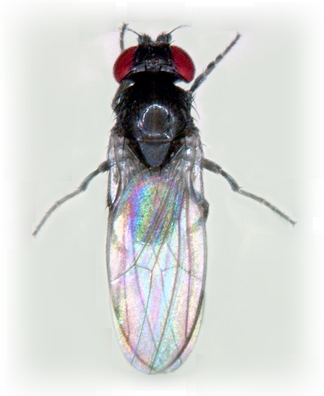Welcome to the Gilchrist Lab: Evolution and Ecology in a changing world

We study the rate and repeatability of evolution in ecological time.
- How do organisms adapt to a changing climate?
- What rates of evolution can be obtained in nature?
- How repeatable is adaptive evolution?
- What is the genetic basis of these adaptations?
An organism in the natural world experiences daily and seasonal cycles of light, temperature, and humidity. Overlain on these regular patterns are random fluctuations and persistent changes wrought by natural and human-driven habitat alterations. In turn, these variations in climate dynamically alter the distribution of critical resources, change the demography of popullations and exert variable selection pressures over space and time. All of biology takes place within the arena defined by this physical environment.
Current projects include:
- Plasticity and adaptation during biological invasions.
- Evolution at species boundaries: stress and evolvability.
- The genetic architecture of high temperature tolerance.
- The roles of temperature and competition in the evolution of body size.
- Evolution of niche dimensions: plasticity and performance.
- Trade-offs in sex vs. stress resistance.
Of course, some folks think we just study fruit flies. Well, they are wild fruit flies. At least some of them are. Really wild...